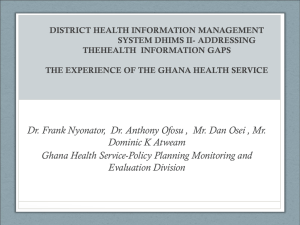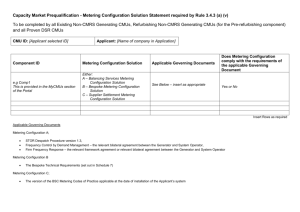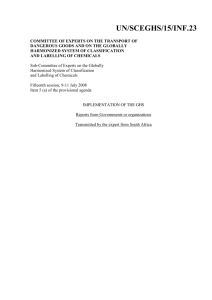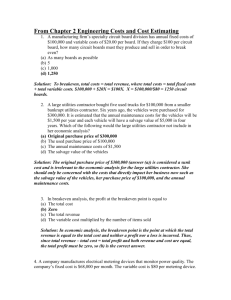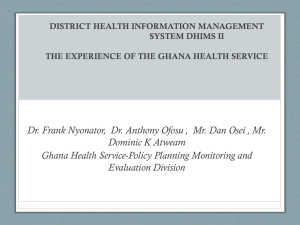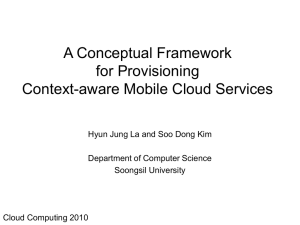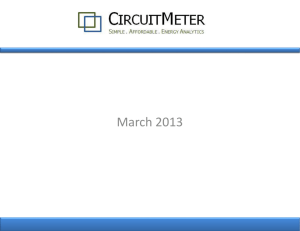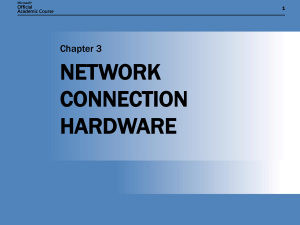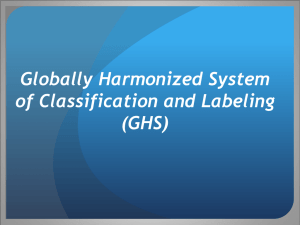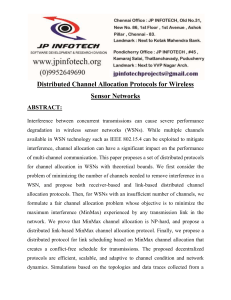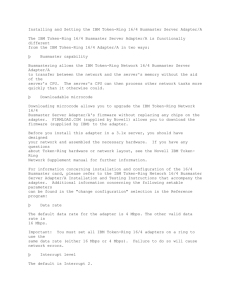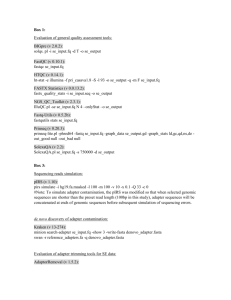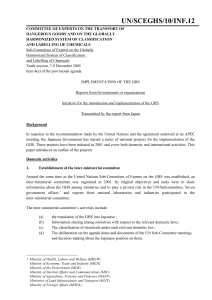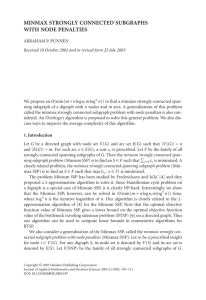sample 4
advertisement
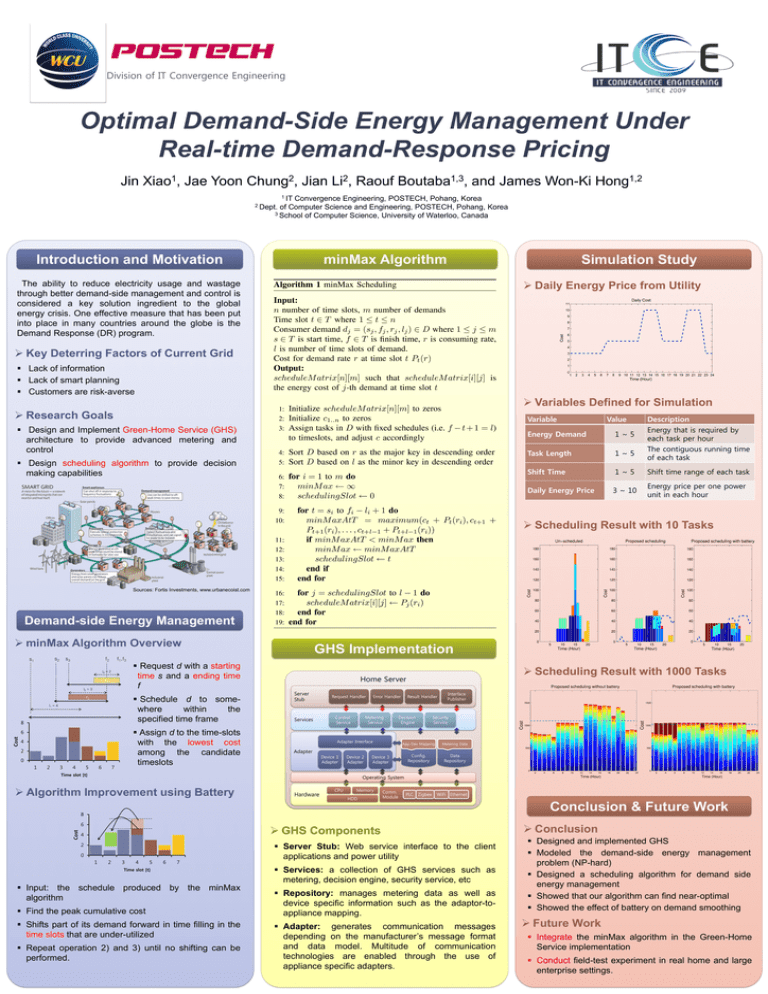
Division of IT Convergence Engineering Optimal Demand-Side Energy Management Under Real-time Demand-Response Pricing Jin 1 Xiao , Jae Yoon 2 Chung , Jian 2 Li , Raouf 1,3 Boutaba , and James Won-Ki 1,2 Hong 1 IT Convergence Engineering, POSTECH, Pohang, Korea 2 Dept. of Computer Science and Engineering, POSTECH, Pohang, Korea 3 School of Computer Science, University of Waterloo, Canada Introduction and Motivation minMax Algorithm Simulation Study Daily Energy Price from Utility The ability to reduce electricity usage and wastage through better demand-side management and control is considered a key solution ingredient to the global energy crisis. One effective measure that has been put into place in many countries around the globe is the Demand Response (DR) program. Key Deterring Factors of Current Grid Lack of information Lack of smart planning Customers are risk-averse Variables Defined for Simulation Research Goals Variable Design and Implement Green-Home Service (GHS) architecture to provide advanced metering and control Design scheduling algorithm to provide decision making capabilities Value Description Energy that is required by each task per hour The contiguous running time of each task Energy Demand 1~5 Task Length 1~5 Shift Time 1~5 Shift time range of each task Daily Energy Price 3 ~ 10 Energy price per one power unit in each hour Scheduling Result with 10 Tasks Sources: Fortis Investments, www.urbanecoist.com Demand-side Energy Management minMax Algorithm Overview s2 s1 s3 f2 f1,f3 l3 = 2 r3 l2 = 3 r2 8 Assign d to the time-slots with the lowest cost among the candidate timeslots Cost 6 4 2 0 1 2 3 4 Request d with a starting time s and a ending time f Schedule d to somewhere within the specified time frame l1 = 4 5 6 7 GHS Implementation Scheduling Result with 1000 Tasks Home Server Server Stub Services Request Handler Control Service Error Handler Metering Service Adapter Interface Adapter Device 1 Adapter Device 2 Adapter Time slot [t] Result Handler Decision Engine Interface Publisher … Repository Security Service App-Dev Mapping Metering Data Config. Repository Data Repository Device 3 Adapter Operating System Algorithm Improvement using Battery Hardware CPU Memory HDD Comm. Module PLC Zigbee WiFi Ethernet Conclusion & Future Work 8 Cost 6 GHS Components 4 2 0 1 2 3 4 5 6 7 Time slot [t] Input: the schedule produced by the minMax algorithm Find the peak cumulative cost Shifts part of its demand forward in time filling in the time slots that are under-utilized Repeat operation 2) and 3) until no shifting can be performed. Server Stub: Web service interface to the client applications and power utility Services: a collection of GHS services such as metering, decision engine, security service, etc Repository: manages metering data as well as device specific information such as the adaptor-toappliance mapping. Adapter: generates communication messages depending on the manufacturer’s message format and data model. Multitude of communication technologies are enabled through the use of appliance specific adapters. Conclusion Designed and implemented GHS Modeled the demand-side energy management problem (NP-hard) Designed a scheduling algorithm for demand side energy management Showed that our algorithm can find near-optimal Showed the effect of battery on demand smoothing Future Work Integrate the minMax algorithm in the Green-Home Service implementation Conduct field-test experiment in real home and large enterprise settings.

